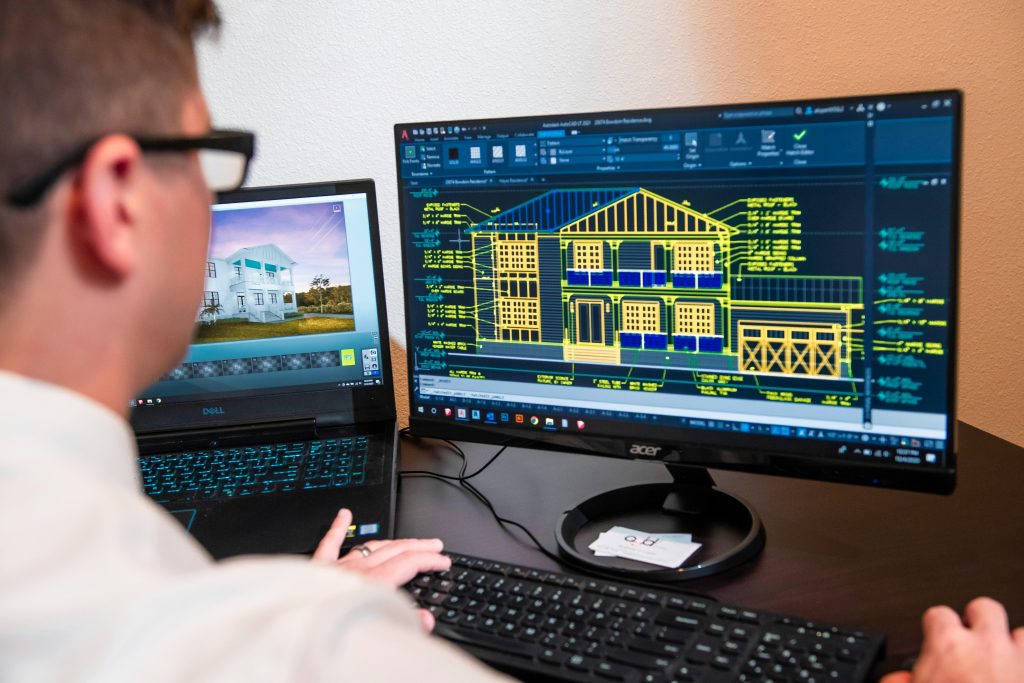Traditional estimating methods often involve hours of manual work, sifting through drawings, checking specs, and juggling spreadsheets. When deadlines are tight and project demands grow, these outdated processes can hold teams back.
That’s why more contractors are adopting construction takeoff software to simplify their workflow, minimize risk, and boost the number of bids they can submit.
From AI takeoff software to specialized tools like structural steel takeoff software, modern platforms now play a key role in building accurate, efficient, and scalable estimating workflows.
Top 7 Key Benefits of Construction Estimating Software
1. Save Time Where It Matters
Manual takeoffs can drain hours, especially on large projects. Estimating software helps teams move faster without sacrificing precision. Here’s how
- Automates quantity takeoffs, cutting down manual measurement time
- Lets multiple team members work on the same project simultaneously
- Offers template reuse and duplication tools for similar projects
- Increases bid volume without increasing work hours
2. Improve Accuracy
When estimating manually, small missteps often turn into big cost issues. Estimating software helps reduce errors from the start.
- Replaces manual calculations with automated tools
- Provides built-in formulas and cost libraries for consistent results
- Centralizes cost data to avoid outdated numbers across projects
- Tracks changes and revisions for better version control
When you’re working with structural steel takeoff software or bidding on fast-paced scopes like HVAC, accuracy is non-negotiable. Smart tools help you catch discrepancies early and reduce costly back-and-forths.
3. Boost Bid Output Without Adding Headcount
As bid volume increases, many contractors struggle to keep pace. AI takeoff software lets small estimating teams do more with less by automating repetitive tasks and delivering clean quantities directly to your cost database.
Beam AI, for instance, helps you scale bid submissions by processing multiple plan sets at once and handling scope changes with minimal rework. The result? More bids, fewer bottlenecks, and better bandwidth to take on high-value projects.
4. Strengthen Collaboration Across Teams

Modern estimating software allows multiple team members to work on the same project file in real time. Whether it’s the estimator pulling quantities, the project managers reviewing scope, or the subcontractor clarifying inclusions, everyone stays aligned.
Cloud-based platforms keep drawings, markups, and scope notes centralized. That means no more version confusion, missed updates, or siloed communication.
5. Manage Costs with Confidence
Untracked costs quickly spiral out of control. Estimating software helps contractors keep tabs on budgets and resource allocation.
- Tracks material, labor, and overhead costs in one place
- Alerts teams to cost overruns before they impact profit
- Supports data-driven resource planning based on past trends
- Prevents surprise expenses with proactive budget monitoring
If you’re using tools like structural steel takeoff software, tying those quantities to real-time material pricing helps protect your margins before bids go out the door.
6. Keep Your Data Connected

Many estimating platforms now integrate with other construction tools like scheduling, procurement, and project management software. This ecosystem approach reduces data entry errors and keeps your entire workflow connected.
For example, quantities pulled using Beam AI can be exported into your estimating software in a customized spreadsheet format, making it easier to build comprehensive, data-backed proposals without back-and-forth formatting.
7. Make Smarter, Data-Driven Decisions
Estimating software doesn’t just give you numbers – it gives you insight. With access to historical cost trends, productivity benchmarks, and live market data, contractors can forecast more accurately and plan more strategically.
Say you’re pricing a structural steel job and notice a price spike in supplier quotes. With the right tools, you can adjust your estimate in real time and explore alternate vendors before locking in costs.
Final Thoughts
Construction estimating software is no longer a nice-to-have – it’s a necessity for staying competitive. Whether you’re handling structural bids or managing complex MEP scopes, tools like AI-based takeoff software help you estimate faster, reduce risk, and win more work.
With the right solution in place, your team can focus less on repetitive tasks and more on building a stronger, more profitable business.





















